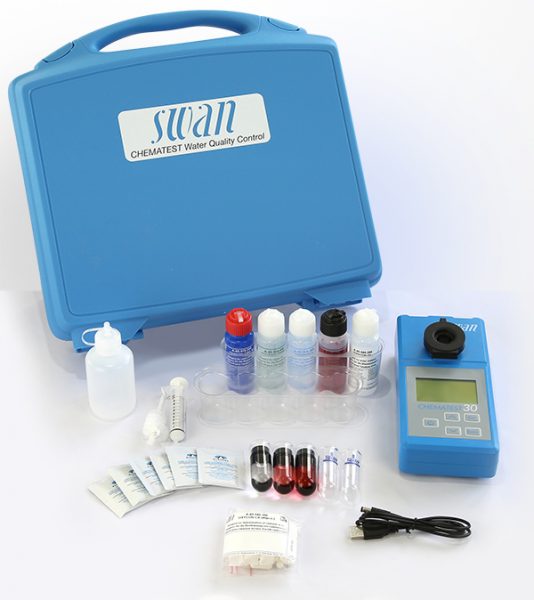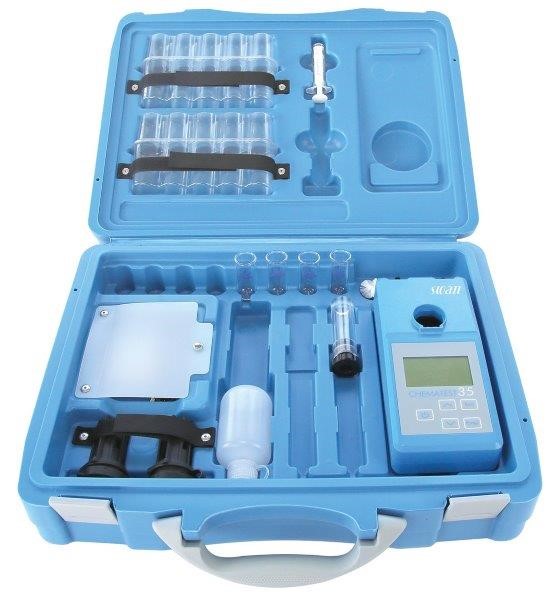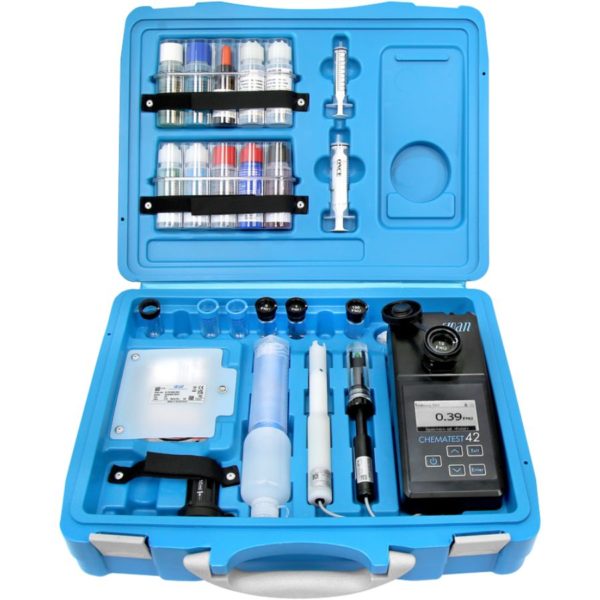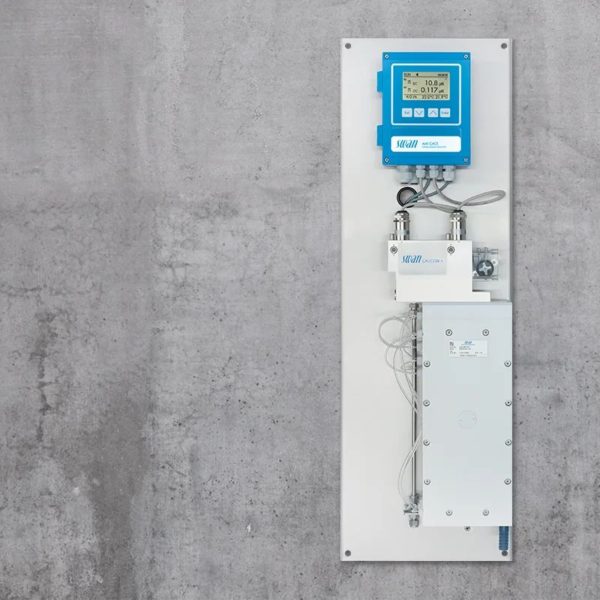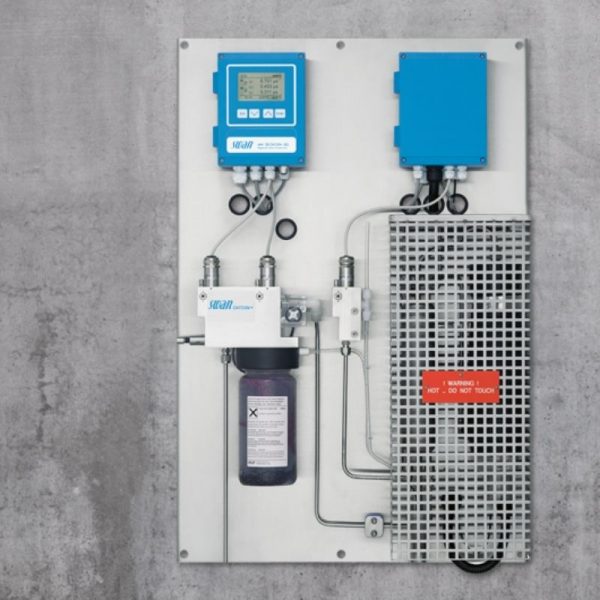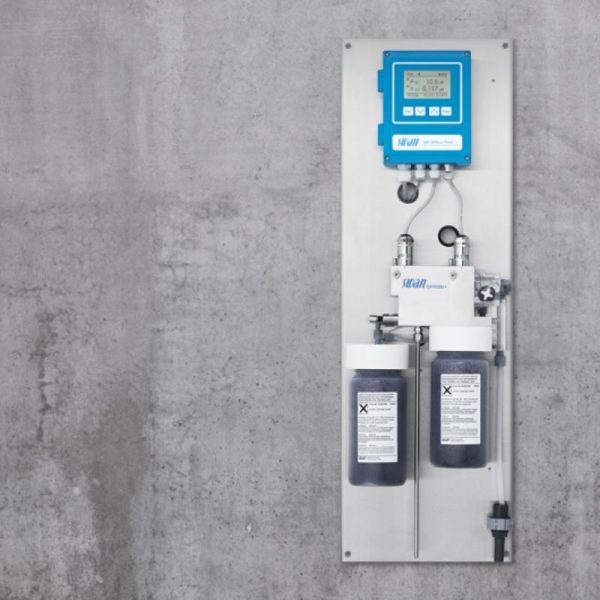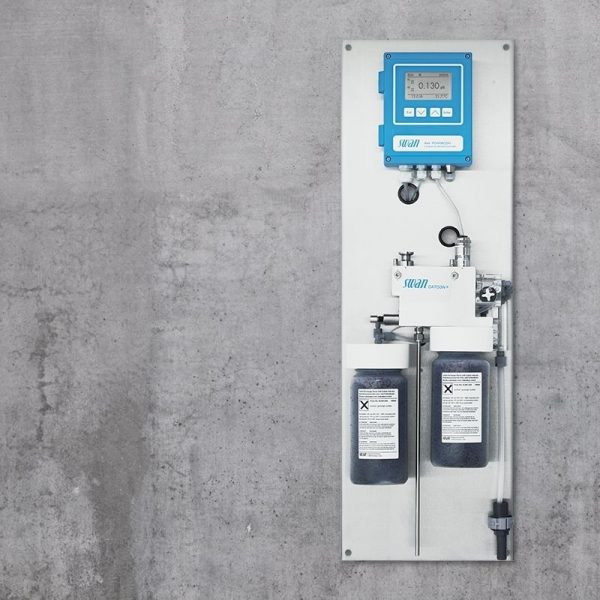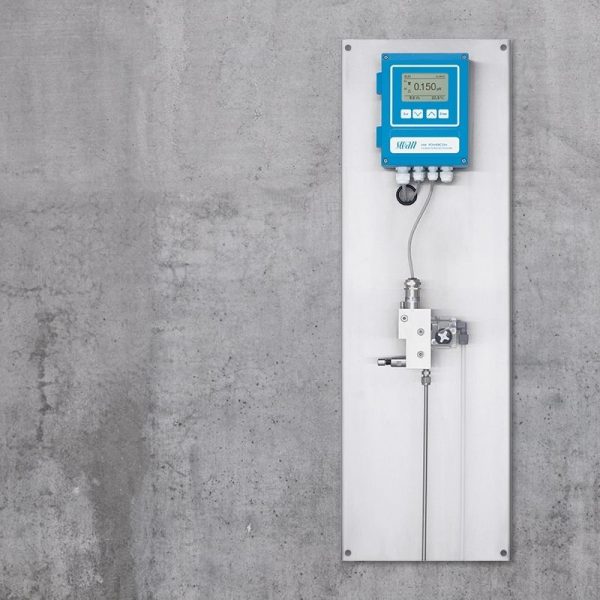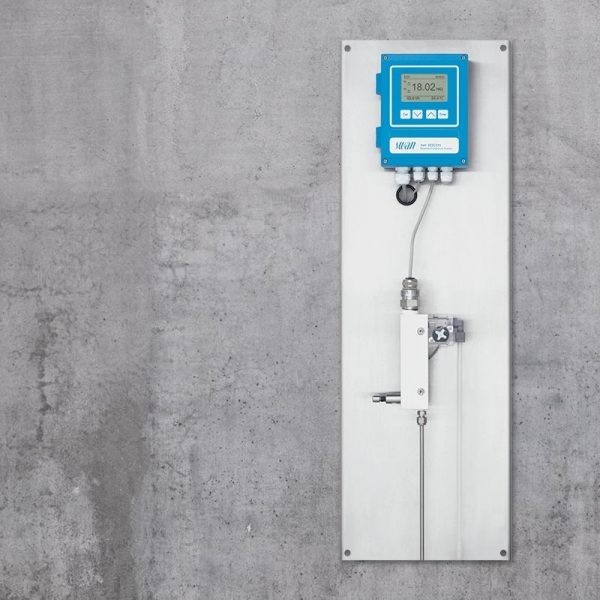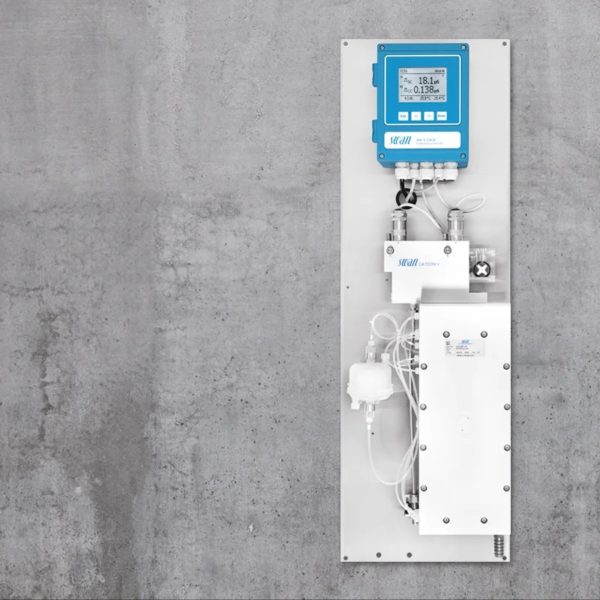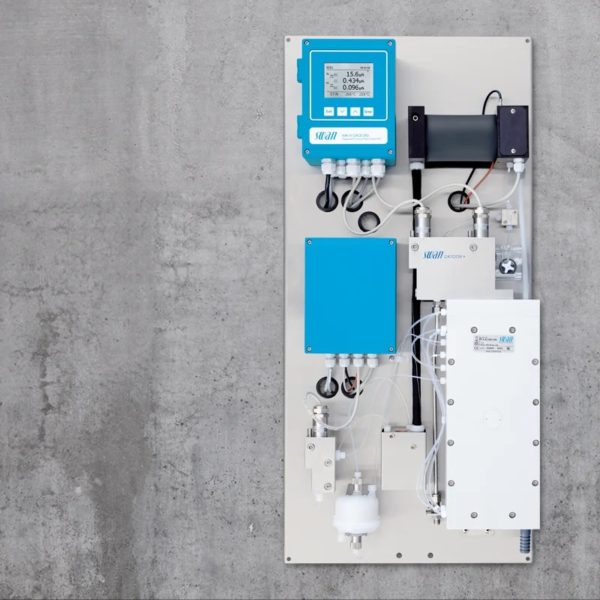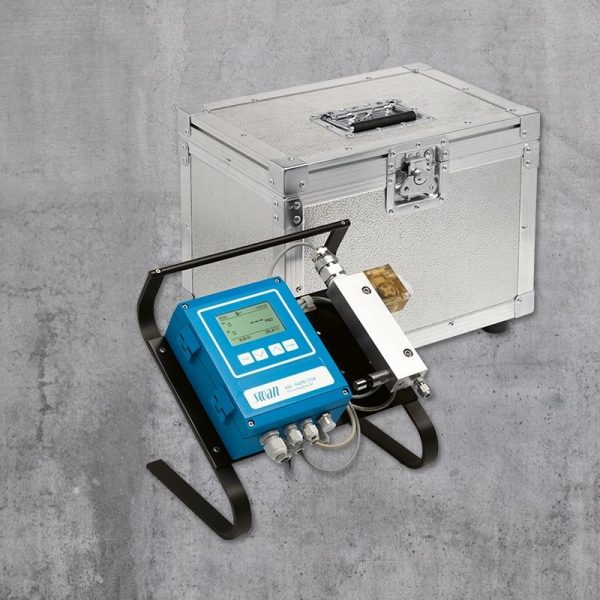What is Conductivity?
Conductivity is a fundamental property that quantifies a material’s ability to transmit electricity, heat, or sound. In the context of water steam cycles, as emphasised by organizations such as the Electric Power Research Institute (EPRI) and the International Association for the Properties of Water and Steam (IAPWS), conductivity becomes a crucial parameter. This is because it measures the capacity of water to conduct electric current, which is directly related to the presence of ions in the solution. High conductivity in water steam cycles indicates a higher concentration of dissolved ions, which can lead to corrosion and scaling, affecting the efficiency and longevity of power generation systems. Consequently, monitoring and controlling conductivity in these systems is essential for optimal operation and maintenance. Additionally, conductivity finds significant applications beyond water steam cycles, including environmental monitoring, water quality assessment, and in industries where the purity of water is vital.
Water Conductivity Analysis
Monitoring the conductivity of water is a critical aspect of assessing and ensuring water quality across various applications, from environmental health to industrial processes. Conductivity, which measures water’s ability to conduct electrical current, is influenced by the presence of dissolved ions such as sodium, chloride, magnesium, and calcium. Pure water has very low conductivity, but the presence of these ions increases it, making conductivity a valuable indicator of water purity and ion concentration. For instance, in environmental monitoring, changes in a water body’s conductivity can signal pollution or alterations in the ecosystem. In industrial settings, particularly in water steam cycles crucial for power generation, maintaining specific conductivity levels is essential to prevent corrosion and scaling, which can impair efficiency and equipment lifespan. Similarly, in water treatment processes, including reverse osmosis, monitoring conductivity helps in evaluating the effectiveness of contaminant removal and ensuring the water meets the required standards. Thus, the continuous measurement of water conductivity serves as a fundamental tool for managing water quality, safeguarding infrastructure, and protecting ecological and human health.
Conductivity Analyser resources
- Influence of Temperature on Electrical Conductivity of Diluted Aqueous Solutions
- Information on Conductivity after Cation Exchange (also known as CACE) Analysers
Online Conductivity Analysers


